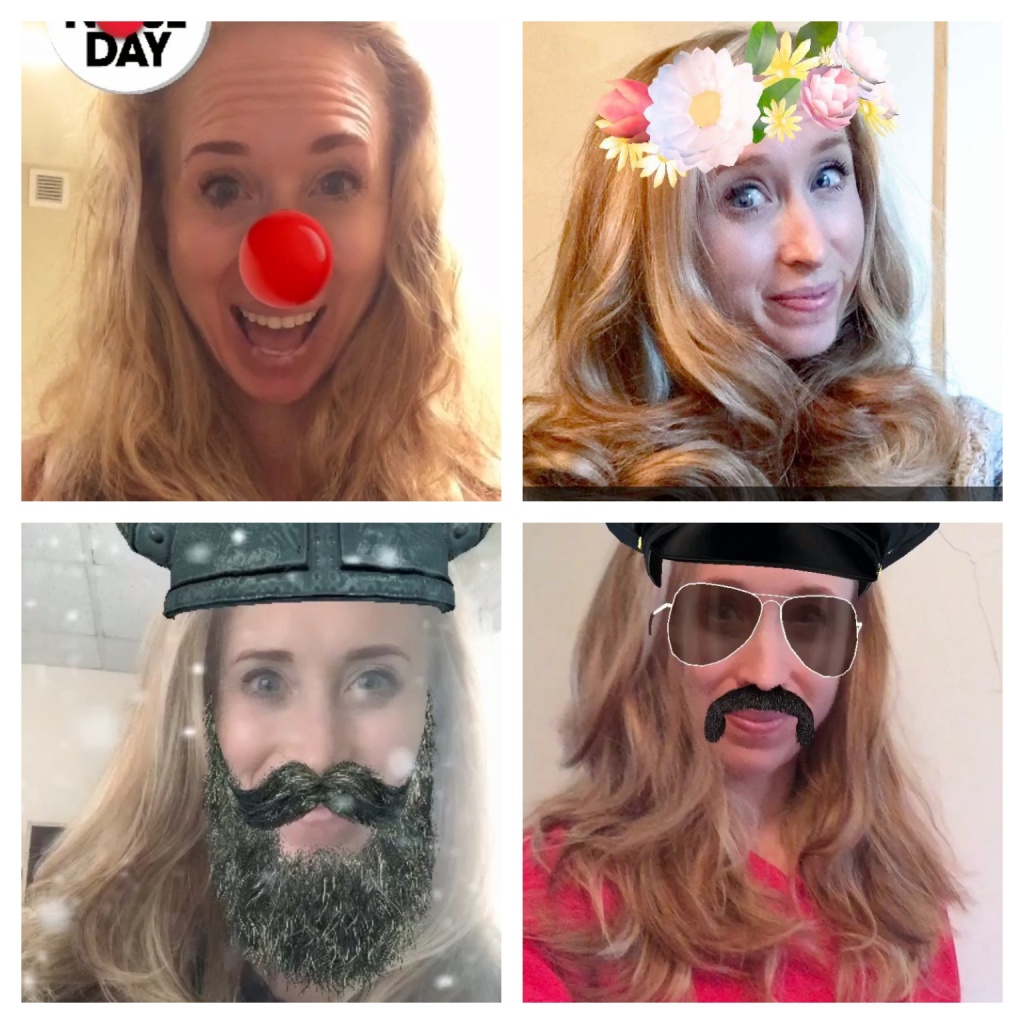 No doubt online communication is amazing.
No doubt online communication is amazing.
It’s changed the way we connect as a society.
It provides us further reach and allows us to connect and build relationships with people who we might never have met or even known existed.
From an organizational and brand level, online communication provides our messages further reach and helps us connect with our consumer in a more “personal way” that’s scalable.
From a personal level it allows us to form online communities with people far and wide, and removes the constraint of time, place, and location.
- Several of my closest friends I met first online.
- I’ve used online dating platforms before to meet people I’ve had great relationships.
- As you can see from the photo in this post, Snapchat is a very important platform for me to explore different career opportunities, such as being a cop or a warbound Viking. This is very important for my long-term professional development.
- Heck, if it wasn’t for online communication, I might never have met Gini Dietrich and had the opportunity to be part of the Spin Sucks/Arment Dietrich team.
But like all good things in life….it doesn’t come without it’s obstacles.
Online Communication is a Tool
Online communication isn’t communication and it doesn’t denote relationship.
It’s a great tool to facilitate both of those things, but it it’s limited in scope.
Imagine if most of your communication with someone was entirely through Snapchat or Twitter.
The relationship never went further (such as meeting in person or even as much as a phone or video conference).
There would be many things you’d miss.
- You’d miss the nuances of in-person communication.
- You’d miss the ability to converse directly (minus the conduit of a Snapchat filter or trite Tweet).
- You’d miss many of the aspects of communication and relationship which our connection as humans rely on.
And so while online communication is an important tool. It must be viewed as a tool alone.
Online Communication and Relationship Skills
A recent study published in the Journal of Adolescent Research showed the results of this communications gap in practice.
The researchers at the University of North Carolina, Chapel Hill compared the percentage of time adolescents spent communicating with romantic partners in person or on the phone vs. using text messaging and social media sites, to their levels of competence in two basic relationship skills: Managing conflict and asserting their needs.
They found that teens who spent the majority of time interacting online had underdeveloped relationship skills.
Mitch Prinstein, co-author of the study, professor of psychology and neuroscience, and director of clinical psychology commented,
In the area of handling some of the tricky parts of relationships, it looks like the more adolescents are using these electronic forms of communication, the worse they’re doing over time in some of these traditional skills.
Online Communication and the Communications Professional
So, in a world so heavily reliant on online communication channels, how do we prevent our use of them from detracting from the more comprehensive role of communication and relationship building?
We use them as they were intended—as a tool.
And whether we are building a communication strategy or working with clients or colleagues, we acknowledge and prioritize the nuances of communications.
We also set up ways to ensure we communicate in a more directly connected way—such as video conference or in-person meetings (we do both with our internal team and clients). And when working with clients make sure they do the same (and implement in the communications strategies we build for them).
We acknowledge the potential of this skills gap in younger workers and provided opportunity for them to communicate more directly and spend time to coach them through the development of these skills.
Overall awareness will prevent us from becoming drones.
#DontBeADrone